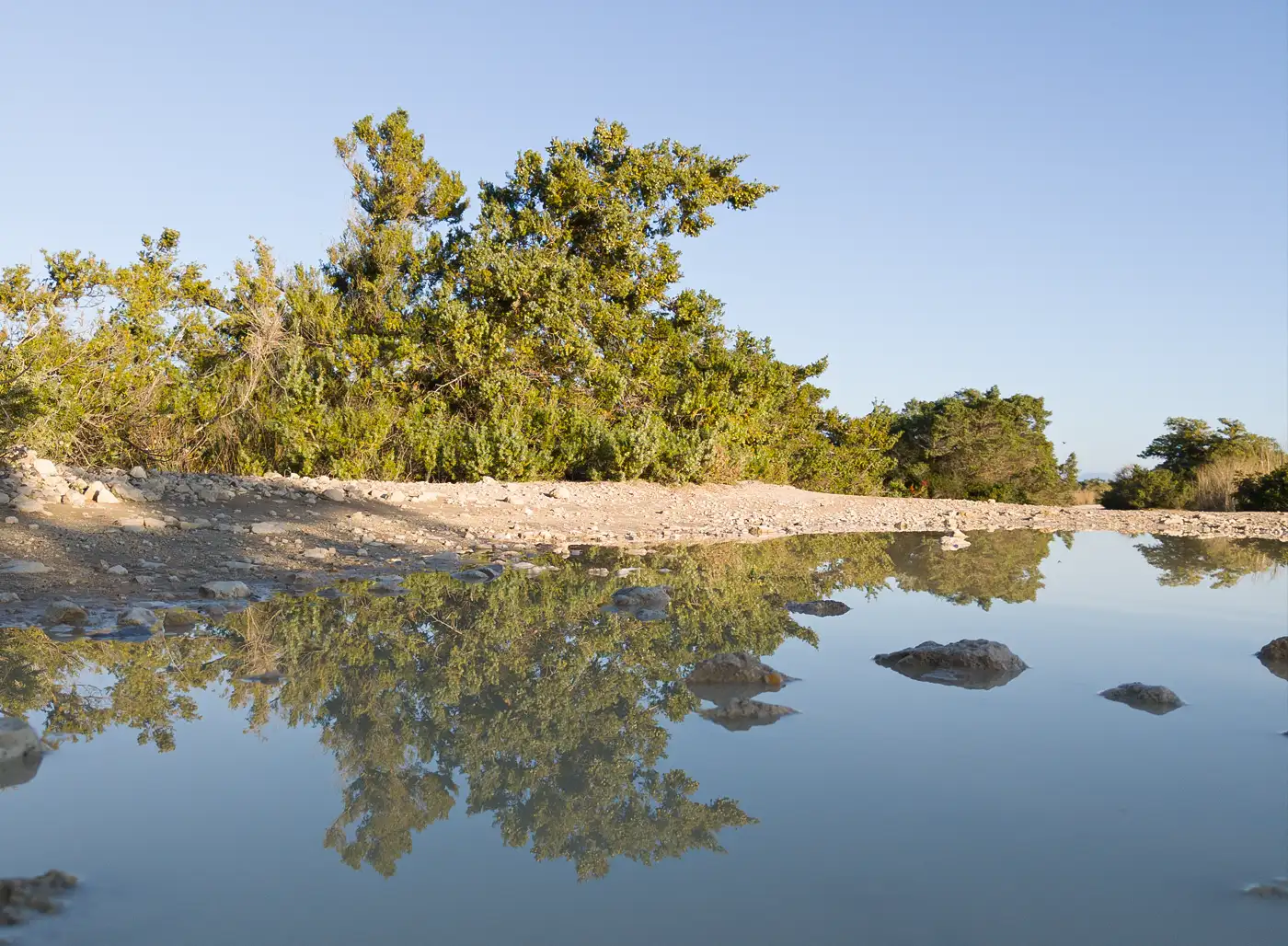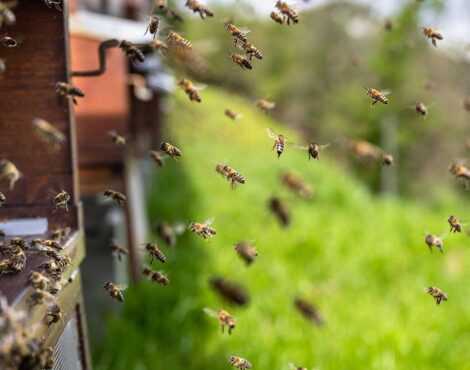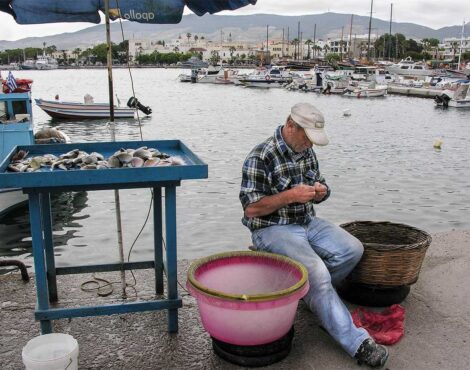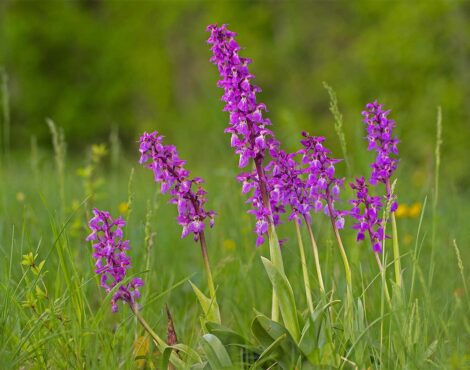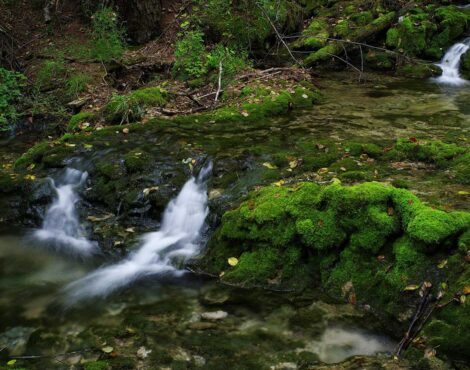Corfu, one of the most famous islands of the Ionian Sea, attracts thousands of visitors every year with its lush green hillsides, its rich cultural heritage, and perhaps above all, its breathtaking beaches. Of particular interest is the island’s western coastline, which, in contrast to the more stable and “gentle” eastern side, is in a state of constant geological transformation. Beaches change shape, trails disappear or new ones emerge, and headlands are either trimmed down or extended, creating a unique and rare natural spectacle that combines dramatic physical features with a sense of dynamic instability.
This phenomenon captivates nature lovers, surprises visitors, and offers fertile ground for study by geologists and environmental scientists. In Corfu, nature is never still. Every year, the island presents new landscapes, sometimes awe-inspiring, other times dramatic, but always authentic. The western coast of Corfu is renowned for its steep cliffs, golden sandy beaches, rugged slopes, and sculptural formations carved out of limestone and clay soils. The ground on this side of the island is particularly vulnerable to erosion caused by wind, water, and waves. As a result, the morphology of the area undergoes constant change.
The beaches, especially those with sand, are the ultimate expression of this natural fluidity. They are directly affected by tides, currents, land subsidence, rainfall, and sometimes even human activity. Consequently, they present a different image every year. Beaches that once stretched across dozens of meters may shrink significantly, while elsewhere new strips of sand appear where there were previously only rocks or shrubs. Nature reshapes the landscape in a spectacular way, maintaining a dynamic environment that makes every visit to Corfu a fresh and unique experience.
One of the most striking and emblematic examples of this phenomenon is Cape Drastis, located near the village of Peroulades, in northwestern Corfu. Cape Drastis is one of the island’s most photographed locations. It is a natural formation of white clay cliffs that jut out into the sea, creating natural balconies and flat surfaces upon which visitors often sit to enjoy the sunset. The entire area appears as if it has been sculpted by an artist and indeed, the artist is none other than water and time.
However, this beauty is also fragile. The formations at Drastis erode at a rapid pace, and every year small or significant changes in the shape of the cape can be observed. Sections break off, new layers form, previously accessible areas vanish, while new pathways emerge. Drastis, a natural wonder, has become a symbol of Corfu’s ever-changing landscape. A visitor arriving this year is likely to encounter something different should they return the next perhaps a newly formed small beach, a collapsed cliff face, or a new nook ideal for swimming and exploration.
Rather than acting as a deterrent, this instability makes the western beaches of Corfu all the more alluring. Returning visitors often discover, to their amazement, that their favorite spot has changed and this transformation is frequently accompanied by new trails, emerging caves, or striking new contours in the terrain. The transformation adds an element of adventure and discovery. Rather than offering a repetitive tourist product, Corfu invites the traveler to return with the expectation of something new. The landscape is alive and, each year, tells a different story.
While these morphological changes are natural and inevitable, maintaining a healthy balance in the environment requires respect and careful management. Tourism development must proceed with awareness of the region’s geological sensitivity, avoiding heavy construction or intrusive interventions that could accelerate degradation. Highlighting these beaches as living organisms, requiring care rather than exploitation is crucial for preserving this unique phenomenon.
The beaches of western Corfu, with Cape Drastis standing as a prime example, constitute one of the most rare and impressive natural phenomena in the Greek landscape. The continuous reshaping of their morphology showcases the power of nature and offers the visitor a truly one-of-a-kind experience, where every step is a revelation. In a world that is constantly changing, Corfu reminds us that beauty is not always found in stability, but often resides in change itself.
Indeed, this dynamic aspect of Corfu offers more than just visual splendor, it provides a profound reminder of nature’s creativity and its relentless pace. The impermanence of the terrain becomes a symbol of life itself: ever-moving, ever-evolving, never static. As such, the island becomes more than a destination. It becomes a living classroom of natural transformation, a testament to the intricate and powerful forces that shape our planet in real time.

